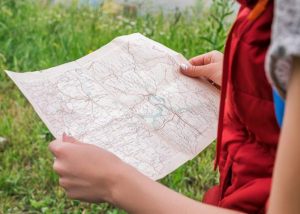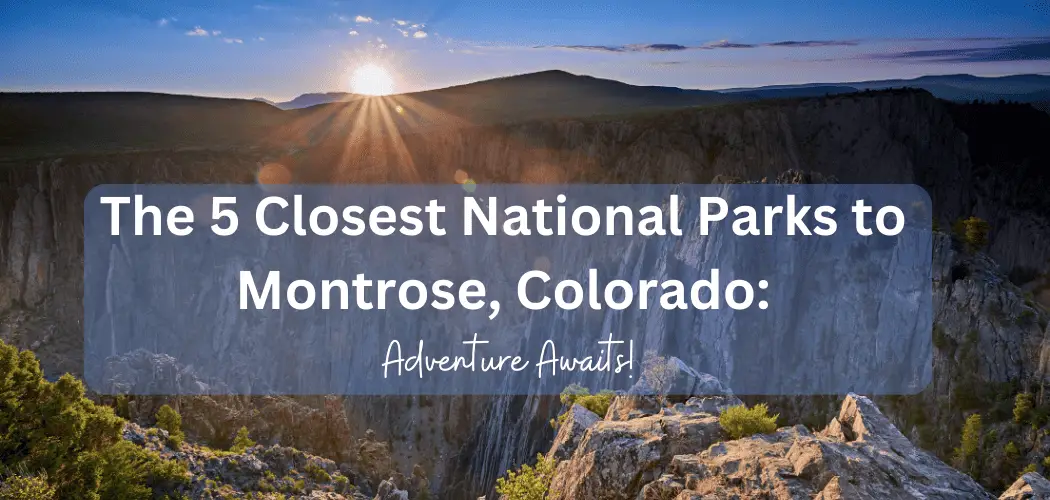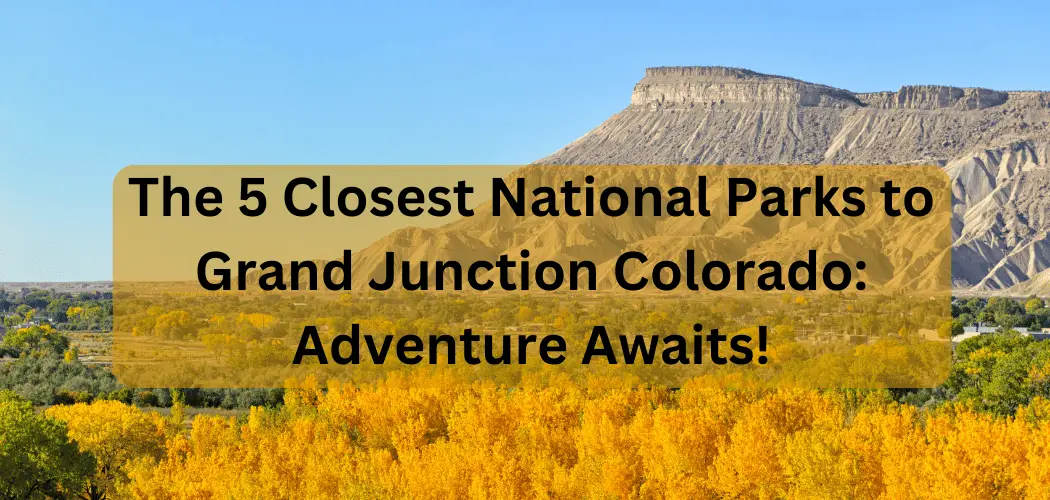 One of the more common hiking tips given out by experts is to avoid hiking alone and for a good reason.
One of the more common hiking tips given out by experts is to avoid hiking alone and for a good reason.
Hiking with a partner or small group ensures that someone can help should trouble arise, not to mention you have someone to share the burden of carrying supplies.
But what happens if there is no other option than to hike alone? Just like anything else, hiking alone can be done safely when taking the proper precautions. Check out these tips for how to safely navigate the trails alone.
Leave an itinerary
Probably the most critical thing you can do when venturing out on a solo hike is to leave an itinerary with a trusted friend or family member.
Be very specific on your itinerary.
State what trail you are hiking and in what area. Include the time you will leave and your expected time to return, possibly including a map with your route highlighted. Instruct the person you leave the itinerary with to contact authorities if you are not heard by XXX time.

Also, consider leaving a note inside of the windshield of your car. Park rangers investigate abandoned vehicles, and leaving your information, including where you are headed and what time you should be back, will help them find you as quickly as possible. If you are injured or lost, time is of the essence.
Stick to High Traffic Trails
Don’t venture off the beaten path when hiking on your own. The more populated the trail, the less risk you face of encountering danger.
If you have accidentally harmed yourself, being in an area with lots of traffic increases your chances of someone coming along to help.
There are many different dangers on the trail including wildlife, slippery terrain, and even the chance of a fellow human trying to harm us.

Simply staying in a well-populated area reduces the risk that someone would try something as there is always the chance of someone else coming along.
A well-populated site may also encourage wild animals to seek refuge elsewhere. Stay in places where you shouted “Help!” someone would likely hear you and come running.
Bring the “Essential 10”
It is never more important to be prepared than when departing on a solitary hike, if only for the fact that you have no one else to depend on should things get rough.
You never know what could happen, so prepare for the unexpected always. Hopefully, you will never need these items, but you will most certainly never regret bringing them along should you need them.
1) Appropriate footwear
The right pair of hiking shoes or boots can make all the difference in the success of your hike. Your feet are probably the most essential tool in your arsenal, the essential, and it’s essential to take care of them. And your shoes are only as good as your socks. Wear thin, moisture-wicking socks to ensure your feet stay nice and dry. Bring along a few extra pairs as well.
2) Map and compass/ GPS
An excellent old-fashioned paper map and/ or compass that you know how to read correctly are the only navigational tools you need. Some nice extras to have along would be a GPS device, a personal locator beacon, or a locator app that doesn’t require a cell phone signal. However, never solely rely on electronics and always have a backup plan.
3) Water
Plan on drinking ½ a liter of water per hour of your trip, but also bring along extra. You never want to run out of water, so always bring more than you need.
4) Food
Again, plan for extra should you unexpectedly be out longer than planned.
5) Rain Gear/ Dry fast layers
Be prepared for rain even if the forecast does not call for it. Dress in moisture-wicking layers so you can adjust the amount you are wearing as needed.
6) Safety items
Always have a way to start a fire in emergencies, a flashlight or headlamp with extra batteries, a whistle or flare to signal for help, and a bear mace to deter any predators.
7) First aid kit
Include personal medications, bandages, dressings, cloth tape, antibiotic ointment, aspirin, cold compresses, gauze of differing sizes, thermometer, and tweezers as an excellent start to your first aid kit.
8) Knife or Multi-tool
There are endless possibilities for how you can use these tools, from repairing equipment to first aid purposes.
9) Sun Protection
Sunscreen and sunglasses should be carried year-round regardless of the weather forecast and conditions.
10) Shelter
Carry some kind of lightweight option for shelter if you are injured or stranded. Some examples include an ultralight tarp, bivy sack, an emergency space blanket, or even a large plastic trash bag if all else fails.
Avoid risky behavior
When hiking alone, you must calculate every decision you make and always choose the safest option. Now is not the time to select the most challenging terrain or explore an unfamiliar trail or area.
Other examples include; don’t try to scale a rock wall if you’ve never done it and don’t have the right equipment, don’t go exploring an unmarked cave, and don’t veer off a marked trail trying to find a shortcut. Use common sense and always play it safe.

Hike during the day
Everything is easier to navigate in the daytime. Hiking during daylight hours reduces the chance of you getting lost and injured.
You can see familiar landmarks, spot exposed tree roots and other hazards, and have light to read a map quickly. Not to mention that shady people and animal predators may come out after dark. When hiking alone, it’s best to plan to be back in your car by sundown.
In Review
Sometimes there is just no way around hiking alone. However, when the proper planning and preparations are made, taking a solo trek can be a safe and pleasant experience in the great outdoors. Remember to tell someone where you are going, pack the necessities but include more than you think you’ll need, and limit risk-taking behaviors.
Works Referenced:
https://americanhiking.org/resources/10essentials/
https://www.redcross.org/get-help/how-to-prepare-for-emergencies/anatomy-of-a-first-aid-kit.html








Pingback: The 4 Best Infant Sleeping Bags for Better Camping - Best Life Outside
Pingback: The Top 5 Child Carrier Backpacks for Great Hiking - Best Life Outside
Pingback: What To Bring On Short Hikes For Maximum Comfort - Best Life Outside
Pingback: The 5 Best Ice Fishing Sleds - A Helpful Guide - Best Life Outside
Pingback: Hiking with Mosquitoes: Tips to Avoid Being Eaten Alive - Best Life Outside